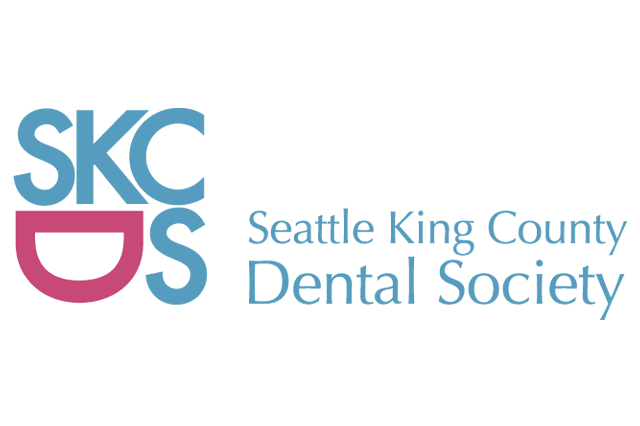Profile: Seattle King County Dental Society
Care coordination is the key to success

Seattle King County Dental Society Executive Director Jennifer Freimund discusses our partnership, the challenges in voluntary dental treatment and the critical role care managers play in helping patients.
Oral disease is 100% preventable… but when you are facing a lot of challenges in life, dentistry does not appear at the top of the list.”
—Jennifer Freimund, Executive DirectorSeattle King County Dental Society
Dental care currently represents well over half of Project Access Northwest’s specialty care referrals, thanks in large part to its successful and long-standing partnership with Seattle King County Dental Society (SKCDS). SKCDS has been seeking the best way to increase access to dental care and to enable and encourage its members to provide free care for patients in need. After studying the issue years ago, SKCDS identified a narrow focus for its efforts and quickly identified care coordination as the key to success.
“Our focus became addressing adult dental care, particularly in situations that are emergent or life-threatening,” explains Executive Director Jennifer Freimund. At the time, the state of Washington had cut all adult dental Medicaid funding except emergency extractions.
“In talking to social service agencies and providers, it became clear that in order to provide free care, the low no-show rate was critical,” she continues. That’s when Freimund was introduced to Sallie Neillie (executive director, 2006–June 2017) and Project Access Northwest, and the two explored how their programs could work together — starting with a program through Northwest Kidney Centers and later through the Swedish Community Specialty Clinic.
“We recognize that a significant piece of the success of those programs is the case management and the low no-show rate,” says Freimund. “I do not believe we could do those two initiatives — nor any in the future — if we did not have that navigator role fulfilled.”
“People who have trouble accessing dental care face barriers, either perceived or real,” she explains. “A significant part of those barriers are often logistics or even just having the opportunity to discuss fears about dental care. And so we can arrange all the volunteer dentists in the world to do all the free treatment in the world, but if we don’t have that piece that helps the patient solve the logistical issues and address their fears, then… the patients will not show up. And then the volunteers — who are all small business people — will have lost time and money.”
Today, with the Affordable Care Act (ACA), funding for dentistry remains a critical issue.
“The ACA is decapitated health care,” Freimund says. “It funds everything below the chin; it doesn’t address teeth, it doesn’t address mental health; and it doesn’t address vision.”
Until proper funding of dental care is addressed, many dentists find it easier to provide free care than to accept Medicaid and manage the administrative burden of billing, pre-approvals, etc. But patients must do their part. Care coordinators play a critical role in prescreening patients, reducing the no-show rate, and improving outcomes of charity care.